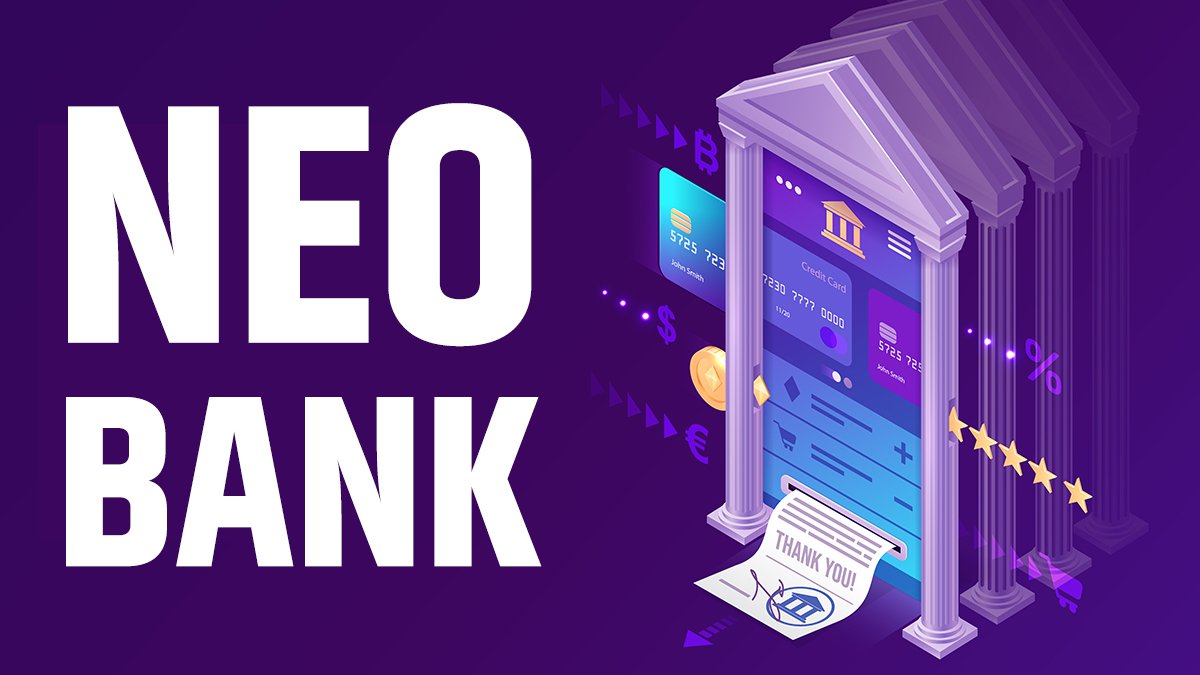Imagine having an entire bank in your pocket—available 24/7, without the need to wait in lines or fill out stacks of paperwork. That’s the promise of neo-banking: a modern, digital-only approach to financial services that is redefining how people manage their money around the globe.
What is Neo-Banking?
Neo-banks, sometimes referred to as challenger banks, are financial institutions that operate entirely online without any physical branches. Unlike traditional banks that rely on brick-and-mortar locations, these digital platforms offer services such as opening accounts, transferring money, budgeting, investing, and even borrowing—all through a mobile app or website.
This streamlined model not only reduces overhead costs but also enhances customer convenience, particularly for digital-native users who value speed, efficiency, and a seamless user experience.
Why Neo-Banks Are Gaining Momentum
The rise of neo-banking is no coincidence. Several key factors are driving their popularity and rapid adoption across both developed and emerging markets:
1. Simplicity and User-Centric Design
Neo-banks prioritize user experience. Their interfaces are designed to be intuitive, making everyday financial tasks like checking balances, scheduling payments, or setting up savings goals effortless—even for those with limited financial literacy.
2. Fast and Paperless Onboarding
Signing up for a traditional bank account can be tedious and time-consuming. Neo-banks flip the script by enabling users to open an account in minutes—all from their smartphone. No paperwork, no in-person visits—just a quick digital verification process.
3. Cost Efficiency
Since neo-banks operate without branches and often use cloud-based infrastructures, their overhead costs are significantly lower. These savings are frequently passed on to customers in the form of zero-fee accounts, higher interest rates on deposits, and lower fees for services like international transfers or loans.
Key Services Offered by Neo-Banks
Far from being limited to basic checking and savings functions, many neo-banks now provide a comprehensive suite of financial tools tailored to modern lifestyles:
- Digital Accounts: Easily accessible savings and current accounts.
- Instant Payments: Real-time money transfers and bill payments.
- Budgeting Tools: Integrated financial planners, expense trackers, and savings goals.
- Investments: Access to mutual funds, stocks, or crypto portfolios.
- Loans and Credit: Personal loans, credit cards, and buy-now-pay-later services.
- Insurance Products: Health, life, and travel insurance integrated within the app.
These offerings are continuously evolving, thanks to ongoing innovation and the integration of emerging technologies like artificial intelligence and open banking APIs.
Who Benefits from Neo-Banking?
Neo-banks appeal to a broad and growing audience. Their flexibility and convenience make them especially attractive to:
- Young Adults and Millennials: Digital-savvy users appreciate the speed, control, and transparency of neo-banking platforms.
- Freelancers and Gig Workers: These individuals benefit from features like instant payouts, automatic expense categorization, and flexible financing.
- Small Business Owners: Entrepreneurs can access tools for invoicing, cash flow analysis, and payroll management without the bureaucracy often associated with traditional banking.
- Underbanked Populations: In regions where traditional banking infrastructure is limited, neo-banks provide an inclusive alternative.
A Global Movement in Motion
The momentum behind neo-banking is undeniable. In 2023, the global market was valued at just over $98 billion. By 2033, it’s expected to reach a staggering $3.4 trillion. This explosive growth, representing a compound annual growth rate (CAGR) of 49%, underscores the shift in consumer expectations and the demand for more flexible financial solutions.
Regional Leaders:
- Europe: Early adoption, supportive regulations, and strong fintech ecosystems make it a leading hub for neo-banking innovation.
- Asia-Pacific: Rapid digital transformation, mobile-first consumers, and government-backed financial inclusion initiatives are fueling high growth rates.
Other regions, including North America, Latin America, and Africa, are also witnessing increasing adoption as digital infrastructure improves and trust in online financial platforms grows.
Challenges on the Horizon
Despite their growing popularity, neo-banks face significant hurdles that could shape their long-term viability:
1. Building Trust and Brand Recognition
Traditional banks benefit from decades (or even centuries) of brand loyalty. New digital entrants must work hard to earn consumer trust—particularly when handling sensitive financial data.
2. Regulatory Complexities
Operating across different jurisdictions means navigating a patchwork of financial regulations. Ensuring compliance, especially regarding data privacy and anti-money laundering standards, requires robust systems and legal oversight.
3. Dependence on Partnerships
Many neo-banks rely on third-party providers for backend banking infrastructure or payment processing. While this accelerates time to market, it can limit control and affect service reliability if partners face disruptions.
The Road Ahead: Opportunities Abound
Despite the challenges, the future looks bright for digital-only banking platforms. With continued innovation, neo-banks are well-positioned to disrupt the status quo and unlock new opportunities, such as:
- Niche Banking: Customizing services for students, freelancers, immigrants, or micro-businesses.
- Embedded Finance: Offering banking features directly within non-financial platforms like ride-sharing or e-commerce apps.
- Sustainability Initiatives: Aligning with ESG goals by promoting paperless banking and offering green financial products.
- AI and Personalization: Leveraging machine learning to offer hyper-personalized financial advice and real-time alerts.
Conclusion
Neo-banking is more than a trend—it’s a paradigm shift in how people engage with their finances. By embracing technology, focusing on user needs, and challenging outdated norms, digital-only banks are not only reshaping the financial landscape but also making financial services more accessible, efficient, and inclusive.
As this sector matures, expect continued innovation, deeper integration with daily life, and a banking experience that’s truly built for the digital age.

